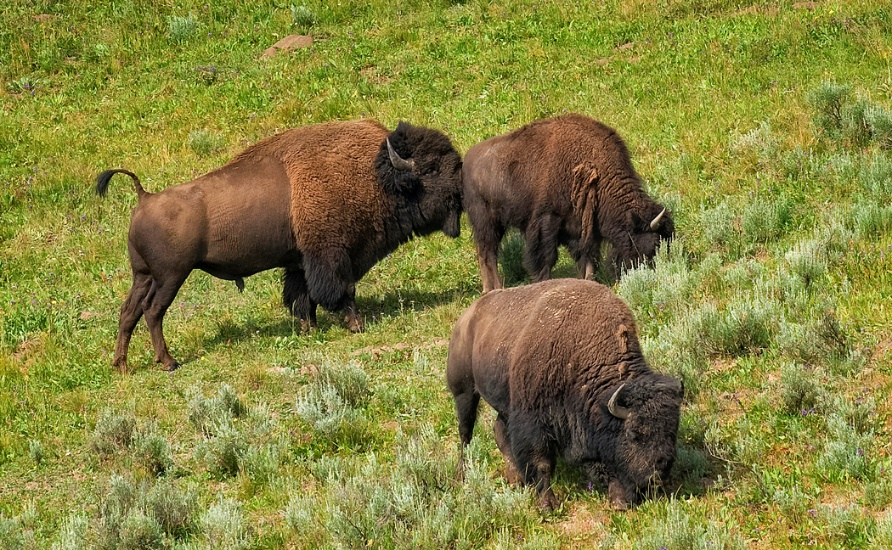With Senate Joint Resolution 14, the Montana legislature lobbies the United States Congress and 3 federal agencies to prevent restoring public-trust, wild bison on the Charles M. Russell National Wildlife Refuge (CMR). SJ 14 passed both houses with party-line votes. It claims the State of Montana opposes any restoration of bison on the CMR. In contrast, 3 random polls have shown that about 70% of Montana voters support returning bison to the CMR.
The CMR is the largest federal refuge within the historic range of plains bison.
The legislature claims that the state has supreme jurisdiction over wildlife on federal lands and that unilateral restoration of bison would violate the U. S. Constitution. This legal mythology was extensively reviewed and denied in the Journal Environmental Law (2017) by a University of Montana law team. The Refuge System Improvement Act (1997) directs the Refuge to collaborate with the state “for timely and effective [resource] management to the extent practicable”. Getting bison on the CMR, proposed in 1937, has not been timely or effective, and given anti-bison laws from the 2021 legislature, waiting longer for state collaboration is clearly not practicable.
The legislature warns of disease transmission from bison to private livestock, whereas this has not been a problem with several herds of private bison already surrounding the CMR – a condition that is common throughout the country.
The legislature exaggerates the amount of state land within the CMR; but correctly notes that achieving state goals for these parcels is difficult, as they are isolated within the Refuge. Clearly, it would benefit the state, occasional private users of these lands, and the Refuge, if state lands within the CMR were traded for isolated federal lands outside the CMR.

No comments:
Post a Comment